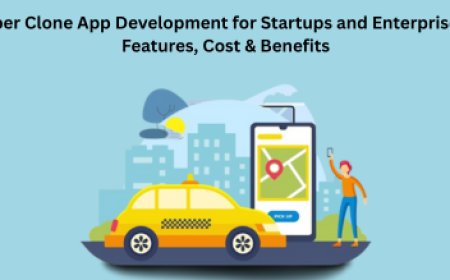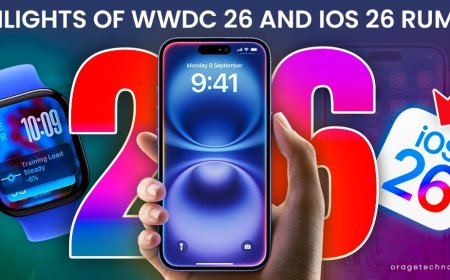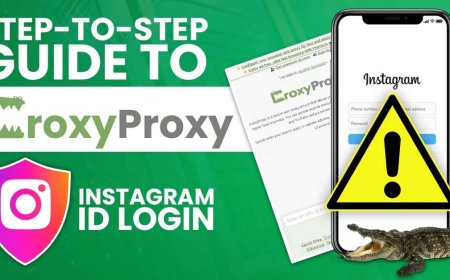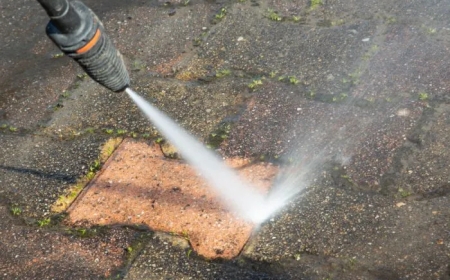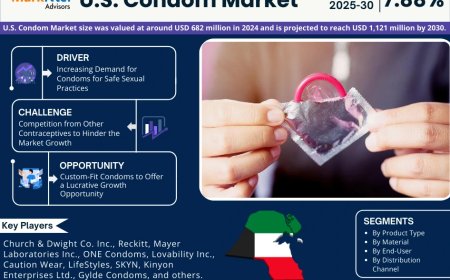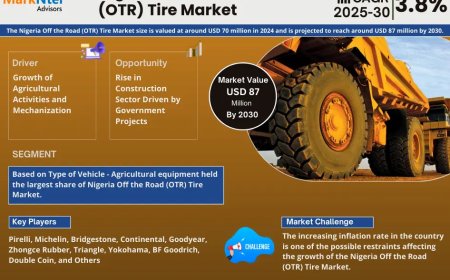Pediatric Pulse Oximetry: Challenges and Innovations
In the realm of modern pediatric healthcare, monitoring oxygen saturation is essential for assessing a childs respiratory status. One of the most critical tools in this process is pediatric pulse oximetry, a non-invasive method for measuring the oxygen saturation of hemoglobin in arterial blood. While pulse oximetry is widely used and often taken for granted in adult care, applying it to pediatric patientsparticularly neonates and infantsposes unique challenges. Fortunately, technological advancements and clinical innovations are transforming how healthcare professionals manage these difficulties.
This article explores the key challenges associated with pediatric pulse oximetry and highlights the latest innovations shaping its future. It provides actionable insights for clinicians, biomedical engineers, and policymakers to improve outcomes for young patients.
The Importance of Pulse Oximetry in Pediatric Care
Pulse oximetry plays a vital role in detecting hypoxemia early, guiding oxygen therapy, and monitoring children with respiratory diseases, congenital heart defects, or during surgical procedures. Especially in neonatal intensive care units (NICUs), continuous oxygen saturation monitoring is crucial for maintaining optimal oxygen levels and preventing both hypoxia and hyperoxia.
Children are not just small adults. Their physiological parameters differ significantly, necessitating tailored equipment and protocols. Variations in heart rate, skin thickness, peripheral perfusion, and movement create additional layers of complexity in acquiring reliable oximetry readings.
Unique Challenges in Pediatric Pulse Oximetry
One of the foremost challenges is patient movement. Children, particularly infants and toddlers, often move unpredictably. Motion artifacts can severely distort pulse oximeter readings, leading to false alarms or missed detections. Advanced signal processing technologies are needed to distinguish between physiological signals and noise caused by motion.
Poor peripheral perfusion presents another obstacle. In conditions like cold stress or shock, blood flow to extremities can be significantly reduced, making it difficult for standard pulse oximeters to detect an accurate signal. This problem is exacerbated in neonates with underdeveloped vasculature.
Sensor placement is a particularly sensitive issue in pediatric patients. Fingers, toes, and earlobes may not always provide consistent results due to size and perfusion limitations. For newborns, forehead or foot sensors are sometimes used, but these also come with accuracy trade-offs depending on positioning and light interference.
Skin pigmentation has also been shown to influence pulse oximetry accuracy. Recent studies have highlighted potential disparities in readings between children with lighter and darker skin tones, raising questions about the calibration of existing devices and the need for more inclusive design standards.
Another critical concern is alarm fatigue. False alarms from inaccurate readings can overwhelm caregivers, especially in high-intensity environments like NICUs. This may lead to important alarms being ignored or muted, posing significant risks to patient safety.
Innovations Addressing the Challenges
Despite these obstacles, innovation in pediatric pulse oximetry is progressing rapidly. One promising development is the emergence of multi-wavelength oximetry. Traditional devices use two wavelengths of light, but newer systems utilize additional wavelengths to better account for variable hemoglobin species and to improve accuracy under challenging conditions like motion or low perfusion.
Machine learning algorithms are also being integrated into modern oximeters to filter noise and identify true physiological signals. These algorithms can "learn" to distinguish between actual desaturations and artifacts, improving both sensitivity and specificity.
Wireless and wearable pulse oximetry devices are changing the game in both hospital and home settings. These compact, comfortable monitors can be worn continuously without restricting movement, allowing for more natural behavior in pediatric patients and reducing stress. Some wearable systems even include cloud-based platforms that allow healthcare providers to remotely monitor oxygen levels and intervene in real-time when necessary.
In low-resource settings, where access to advanced pediatric medical equipment may be limited, affordable and durable pulse oximeters are being developed specifically for children. Initiatives such as the Lifebox Foundation and collaborations with organizations like UNICEF are working to ensure that every child has access to reliable monitoring tools.
Moreover, the development of sensors specifically tailored for neonates and infants has taken center stage. These sensors are designed to conform to small, delicate anatomy while providing accurate and continuous readings. They often feature softer materials, flexible wiring, and specialized adhesives that reduce skin damage and ensure better adherence during use.
Regulatory and Ethical Considerations
As pediatric pulse oximetry becomes more sophisticated, it is essential to address regulatory and ethical implications. Devices must undergo rigorous clinical testing in diverse pediatric populations to ensure safety and efficacy. Regulators such as the FDA and international equivalents are increasingly requiring pediatric-specific data before granting approval.
In terms of ethics, equitable access remains a pressing issue. Many regions, particularly in the Global South, still lack widespread access to functional pulse oximeters. In some cases, devices are available but inappropriate for pediatric use, leading to suboptimal outcomes. Global health policies must prioritize investments in pediatric-specific technology and training to bridge this gap.
Privacy concerns associated with connected devices and remote monitoring should also not be overlooked. Ensuring secure data transmission and patient confidentiality is crucial, especially when managing sensitive health data of minors.
The Future of Pediatric Pulse Oximetry
The future of pediatric pulse oximetry lies in creating systems that are smarter, smaller, and more sensitive. Combining sensor innovation with artificial intelligence, real-time data analytics, and enhanced connectivity can create comprehensive monitoring systems that not only detect problems early but also guide personalized interventions.
Incorporating pulse oximetry into holistic care models, such as integrating with respiratory support systems, electronic health records, and clinical decision support tools, will further enhance its utility. These systems could potentially trigger automatic adjustments in oxygen delivery or alert clinicians when predefined thresholds are crossed.
Education and training are equally important. Clinicians and caregivers must be trained not just in using these devices, but in interpreting the data within the context of each childs unique physiology. Simulation-based training and e-learning modules can play a crucial role in upskilling the workforce, particularly in resource-limited environments.
Conclusion
Pediatric pulse oximetry remains a cornerstone of pediatric healthcare, offering a window into a childs oxygenation status that can guide timely and life-saving interventions. However, its application comes with unique challenges that must be met with equally tailored solutions. From motion-resistant sensors to AI-driven data interpretation and equitable access in underserved regions, the field is evolving rapidly.
Continued investment in research, development, and policy advocacy is essential to ensure that innovations in pediatric pulse oximetry reach all children, everywhere. With collaboration between clinicians, engineers, regulators, and communities, we can move closer to a future where every child benefits from accurate and accessible oxygen monitoringno matter their location or circumstance.















